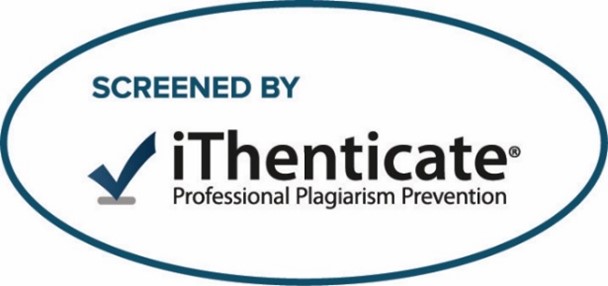Abstract
Introduction Band ligation plays an important role in the management of esophageal varices (EV), but banding ligation carries a risk of band slippage, postbanding esophageal ulcer formation, and postbanding bleeding. Aim The predisposing factors and frequency of esophageal ulcer after banding ligation of EV were assessed. Patients and methods A total of 130 cirrhotic patients with EV were subjected to therapeutic or prophylactic banding ligation, and then the patients were observed for 14 days for detection of incidence of esophageal ulcer bleeding after postbanding ligation. This was a prospective study done to compare the cirrhotic patients without endoscopic variceal ligation (EVL)-induced esophageal ulcer as a complication (nonbleeder group, n==118) with bleeding patients after EVL owing to postbanding ulcer (bleeder group, n = 12). Full present and past medical history taking for all patients, physical examination, laboratory investigation, ultrasonography of abdomen and/or triphasic computed tomography abdomen, upper endoscopy, and EVL, were done. Re-endoscopy was done if rebleeding happens after EVL. Results After EVL, the incidence of esophageal ulcer bleeding in cirrhotic patients was 9.2%, and the mortality within the 2-week follow-up was 16.7%. The risk factors of postbanding ulcer bleeding were esophageal reflux, increased aspartate transaminase to platelet ratio index score, and focal hepatic lesion. Conclusion Bleeding of esophageal ulcer after EVL is not a rare complication of EVL, which is most commonly detected within 14 days after EVL. Reflux esophagitis, increase in aspartate transaminase to platelet ratio index score, and presence of focal hepatic lesion are predisposing factors for postbanding esophageal ulcer bleeding.
Article Type
Original Study
Recommended Citation
A. Eid, Ashraf M.; Shahin, El-Saied A.; Goda, Feisal; and Fouad, Mariam A.
(2022)
"Esophageal ulcer after band ligation of esophageal varices,"
Journal of Medicine in Scientific Research: Vol. 5:
Iss.
3, Article 28.
DOI: https://doi.org/10.4103/jmisr.jmisr_50_22

















